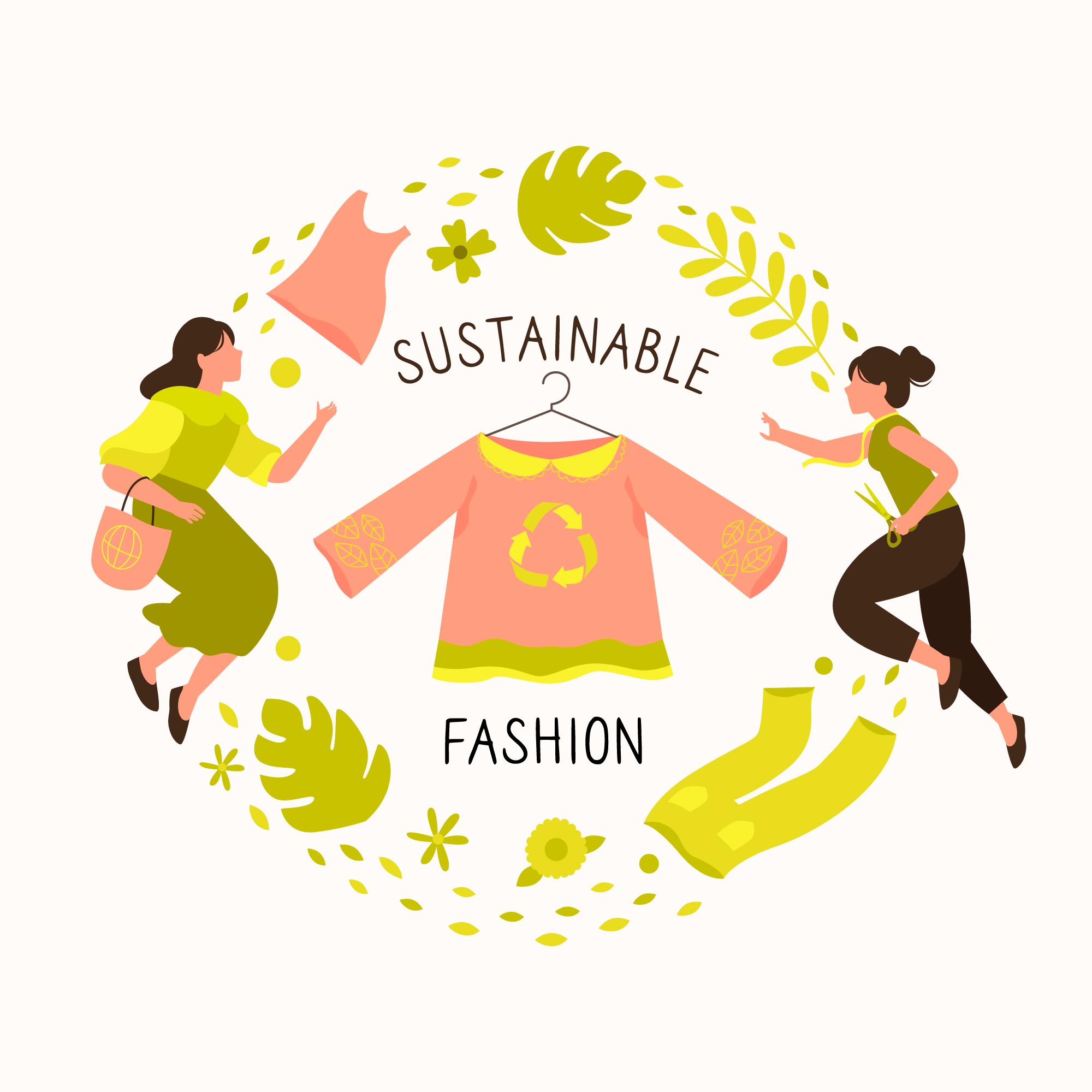
Greener Threads: The Rise of Sustainable Kidswear in India
Naira Sood, Investment Analyst
Introduction
Sustainability has become a key consideration across industries, and the fashion industry is no exception. With increasing awareness of environmental concerns and ethical production, the demand for sustainable clothing has surged. One of the emerging subcategories in this
trend is sustainable kidswear—an industry that is steadily gaining traction in India. As parents become more conscious of the materials used in their children's clothing, the demand for eco-friendly, organic, and ethically produced apparel is on the rise. This article explores the current landscape, growth drivers, challenges, and future prospects of the sustainable kidswear segment in India.
Market Overview
India’s kidswear market, estimated to be worth around ₹1.6 trillion (as of 2023), is one of the fastest-growing segments within the apparel industry. With an increasing focus on sustainability, a growing portion of this market is transitioning toward eco-friendly solutions. Sustainable kidswear primarily includes clothing made from organic cotton, bamboo, hemp, and recycled fabrics, as well as garments produced through ethical labor practices and minimal environmental impact.
Several homegrown and international brands have pioneered this shift. With growing awareness, even mainstream retailers are incorporating eco-friendly lines in their collections.
Growth Drivers
Several factors contribute to the rise of the sustainable kidswear segment in India:
1. Rising Parental Awareness
Parents today are more informed about the impact of fast fashion, harmful dyes, and synthetic materials on their children’s skin and overall health. This has led to increased demand for organic, non-toxic, and hypoallergenic fabrics.
2. Environmental Concerns
India is grappling with significant environmental challenges, from textile waste to water pollution caused by conventional dyeing processes. Consumers, especially millennials and Gen Z parents, are actively seeking environmentally responsible brands that minimize their carbon footprint.
3. Government Initiatives and Policies
The Indian government has been promoting sustainable textiles through schemes like Project SU.RE (Sustainable Resolution) and incentives for organic cotton farming. Policies encouraging eco-friendly manufacturing and waste reduction support the growth of sustainable kidswear brands.
4. E-commerce and Digital Marketing Boom
The rise of direct-to-consumer (D2C) brands via e-commerce platforms has enabled small and mid-sized sustainable fashion startups to reach a wider audience. Social media influencers and eco-conscious parenting blogs are further driving awareness and demand for sustainable kidswear.
Challenges in the Sustainable Kidswear Market
Despite its promising growth, the sustainable kidswear segment in India faces several challenges:
1. High Production Costs
Sustainable fabrics such as organic cotton and bamboo are costlier to produce compared to conventional materials. Ethical labor practices and eco-friendly certifications further add to the pricing, making products less accessible for budget-conscious consumers.
2. Consumer Price Sensitivity
While urban, affluent consumers are willing to pay a premium for sustainable clothing, the mass market remains largely price-sensitive. Convincing middle-class buyers to opt for eco-friendly alternatives over cheaper, synthetic options is a challenge.
3. Limited Awareness and Misinformation
Despite growing awareness, many consumers still lack knowledge about sustainable clothing and its benefits. Greenwashing (misleading marketing that falsely claims sustainability) is also an issue, making it difficult for genuine brands to differentiate themselves.
4. Supply Chain Constraints
Sourcing certified organic fabrics, ensuring ethical production practices, and maintaining consistency in sustainable production pose logistical challenges. The absence of large-scale sustainable textile infrastructure in India further complicates the supply chain.
5. Shorter Lifecycle of Kidswear
Children outgrow clothes quickly, making sustainability in kidswear a paradoxical challenge. Some brands are addressing this by promoting recycling, resale, and rental models, but these concepts are still in their nascent stage in India.
Future Prospects and Innovations
The sustainable kidswear market in India is poised for significant growth, driven by innovation, consumer awareness, and supportive policies. Some key trends shaping the future include:
1. Tech-Enabled Sustainable Fashion
Brands are leveraging technology to create biodegradable fabrics, introduce blockchain-based transparency in supply chains, and implement AI-driven waste reduction in manufacturing.
2. Rental and Second-Hand Market
Pre-loved kidswear is gaining traction, with online platforms facilitating resale and rental services. This model extends the lifecycle of garments and reduces waste.
3. Local and Artisanal Collaborations
Many sustainable brands are partnering with Indian artisans to create handcrafted, eco-friendly kidswear collections. This not only promotes sustainability but also supports local economies.
4. Expansion of Sustainable Certifications
More brands are seeking globally recognized certifications such as GOTS (Global Organic Textile Standard), OEKO-TEX, and Fair Trade to assure consumers of their ethical and eco-friendly practices.
5. Mainstream Retail Adoption
As demand rises, major retail chains and online marketplaces are dedicating sections to sustainable kidswear, making these products more accessible to Indian consumers.
Conclusion
The sustainable kidswear segment in India is evolving rapidly, fueled by conscious parenting, environmental awareness, and an expanding market for premium, ethical products. While challenges such as high costs and limited infrastructure persist, the industry's potential remains vast. As more brands adopt eco-friendly practices and
consumers embrace mindful consumption, sustainable kidswear is set to become a mainstream category in India's fashion landscape.
With ongoing innovation, strategic policymaking, and widespread education, India’s kidswear market can transition towards a greener, more sustainable future—one outfit at a time.
